Home>Furniture & Design>Interior Design Trends>What Metalloid Is Used In Glass
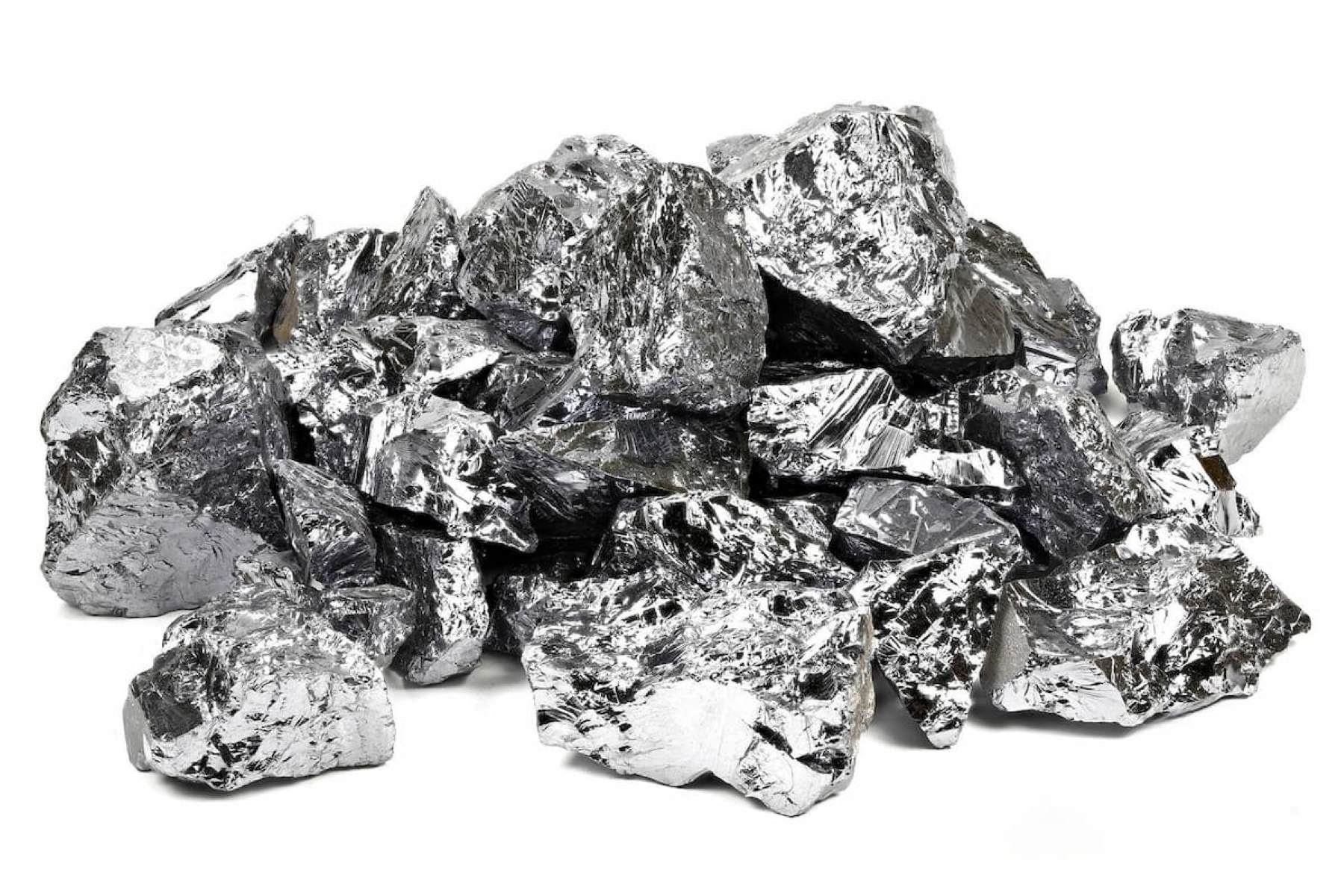

Interior Design Trends
What Metalloid Is Used In Glass
Modified: March 2, 2024
Discover the latest interior design trends featuring the use of metalloids in glass, adding a modern and sophisticated touch to your space. Explore innovative ways to incorporate this trend into your home decor.
(Many of the links in this article redirect to a specific reviewed product. Your purchase of these products through affiliate links helps to generate commission for Storables.com, at no extra cost. Learn more)
Introduction
Metalloids are a fascinating group of elements that possess a unique blend of properties from both metals and non-metals. These elements, also known as semimetals, are found in the periodic table along the staircase that separates metals from non-metals. Their distinctive characteristics make them valuable in various industrial applications, including the production of glass.
Metalloids exhibit intermediate conductivity, which means they can conduct electricity to some extent but not as effectively as metals. This property makes them versatile in different technological and manufacturing processes. Additionally, metalloids are known for their ability to form alloys with metals, enhancing their strength and durability.
The use of metalloids in glass production is a testament to their significant impact on modern technology and design. By understanding the properties and applications of metalloids, we can gain insight into the innovative ways in which these elements contribute to the creation of functional and aesthetically pleasing glass products.
Key Takeaways:
- Metalloids like silicon and boron are used in making glass. They give glass special properties like transparency, durability, and resistance to temperature changes, making glass useful in many industries.
- Metalloids are like the cool kids of the periodic table, blending properties of metals and non-metals. They make glass strong, clear, and resistant to heat, shaping the future of glass materials.
Read more: What Is Glass Used For
Properties of Metalloids
Metalloids, also known as semimetals, exhibit a unique set of properties that distinguish them from both metals and non-metals. These elements are positioned in the periodic table along the staircase that separates metals from non-metals, reflecting their intermediate characteristics. The key properties of metalloids include:
-
Semi-Conductivity: Metalloids demonstrate semi-conductive properties, meaning they can conduct electricity to a certain extent. This property is crucial in various technological applications, particularly in the production of electronic devices and semiconductor materials. The ability of metalloids to conduct electricity makes them valuable in the development of advanced electronic components.
-
Brittleness: Unlike metals, metalloids tend to be brittle in their pure form. This brittleness can be attributed to the arrangement of atoms within their crystalline structure. However, when combined with other elements, metalloids can contribute to the formation of alloys that exhibit enhanced strength and durability.
-
Variability in Physical Properties: Metalloids display a wide range of physical properties, including variations in melting points, boiling points, and densities. For example, boron, a metalloid, has a significantly higher melting point compared to silicon, another prominent metalloid. This variability in physical properties allows for the utilization of metalloids in diverse industrial processes.
-
Ability to Form Covalent Bonds: Metalloids have the unique ability to form covalent bonds with other elements. This characteristic is particularly significant in the context of glass production, as metalloids play a crucial role in influencing the structural and chemical properties of glass materials.
-
Amphoteric Nature: Certain metalloids, such as silicon, exhibit amphoteric behavior, meaning they can act as both acids and bases under specific conditions. This property contributes to the versatility of metalloids in various chemical reactions and industrial processes.
Understanding the distinct properties of metalloids is essential in harnessing their potential for innovative applications, including their pivotal role in the production of glass. The combination of semi-conductivity, brittleness, variability in physical properties, and the ability to form covalent bonds makes metalloids indispensable in the realm of material science and technology.
The metalloid used in glass is silicon. It is added to glass to improve its strength and durability.
Use of Metalloids in Glass
The incorporation of metalloids in glass production represents a pivotal aspect of modern material science and design. Metalloids, with their unique properties, play a crucial role in influencing the structural, optical, and thermal characteristics of glass materials. One of the most prominent metalloids utilized in glassmaking is silicon, which is a fundamental component in the formulation of various types of glass, including silica-based and borosilicate glass.
Silicon, a quintessential metalloid, forms the backbone of silica-based glass, also known as silicon dioxide or quartz glass. This type of glass is renowned for its exceptional transparency, high chemical resistance, and thermal stability, making it an ideal choice for laboratory equipment, optical lenses, and high-precision instruments. The addition of silicon to the glass matrix enhances its structural integrity and imparts desirable optical properties, contributing to the widespread use of silica-based glass in scientific and industrial applications.
Furthermore, metalloids such as boron are instrumental in the production of borosilicate glass, a type of glass renowned for its superior thermal shock resistance and durability. Borosilicate glass, containing a significant proportion of boron oxide, finds extensive applications in laboratory glassware, cookware, and high-temperature industrial processes. The incorporation of boron, a metalloid with unique chemical properties, enhances the thermal resilience of the glass, making it suitable for demanding environments where rapid temperature changes occur.
Metalloids also contribute to the development of specialty glasses with tailored properties to meet specific industrial and technological requirements. By leveraging the semi-conductive nature and ability to form covalent bonds, metalloids play a crucial role in the production of glass used in electronic devices, optical fibers, and photovoltaic cells. The controlled addition of metalloids allows for the modulation of glass properties, such as refractive index, electrical conductivity, and mechanical strength, enabling the creation of advanced materials for diverse applications.
In essence, the utilization of metalloids in glass production underscores their indispensable role in shaping the functionality and versatility of glass materials. The strategic incorporation of metalloids, particularly silicon and boron, empowers glass manufacturers to engineer glass compositions with tailored properties, expanding the potential applications of glass across various industries. The synergy between metalloids and glass exemplifies the synergy between different elements to create materials that drive innovation and technological advancement.
Conclusion
In conclusion, the integration of metalloids in glass production represents a remarkable fusion of science, technology, and design. The distinctive properties of metalloids, including semi-conductivity, variability in physical characteristics, and the ability to form covalent bonds, have revolutionized the glassmaking industry. Silicon, a quintessential metalloid, serves as the cornerstone of silica-based and borosilicate glass, imparting exceptional transparency, thermal stability, and chemical resistance to these glass formulations. The strategic incorporation of boron, another pivotal metalloid, enhances the thermal shock resistance and durability of borosilicate glass, expanding its utility in diverse applications.
The synergy between metalloids and glass extends beyond conventional applications, encompassing the development of specialty glasses tailored to meet the evolving demands of modern technology. Metalloids play a pivotal role in the production of glasses used in electronic devices, optical fibers, and photovoltaic cells, where their unique properties are harnessed to engineer materials with specific optical, electrical, and mechanical characteristics.
The utilization of metalloids in glass production exemplifies the intricate interplay between elements to create materials that transcend traditional boundaries, enabling innovation and progress across various industries. As technology continues to advance, the role of metalloids in shaping the future of glass materials is poised to expand, driving the development of cutting-edge glass compositions with unprecedented functionalities.
In essence, the integration of metalloids in glass production underscores the transformative potential of interdisciplinary collaboration, where the fusion of material science, chemistry, and engineering converges to redefine the capabilities of glass. The profound impact of metalloids on glass materials serves as a testament to the boundless possibilities that emerge from harnessing the unique properties of elements, propelling the evolution of glassmaking into a realm of limitless potential and innovation.
Frequently Asked Questions about What Metalloid Is Used In Glass
Was this page helpful?
At Storables.com, we guarantee accurate and reliable information. Our content, validated by Expert Board Contributors, is crafted following stringent Editorial Policies. We're committed to providing you with well-researched, expert-backed insights for all your informational needs.
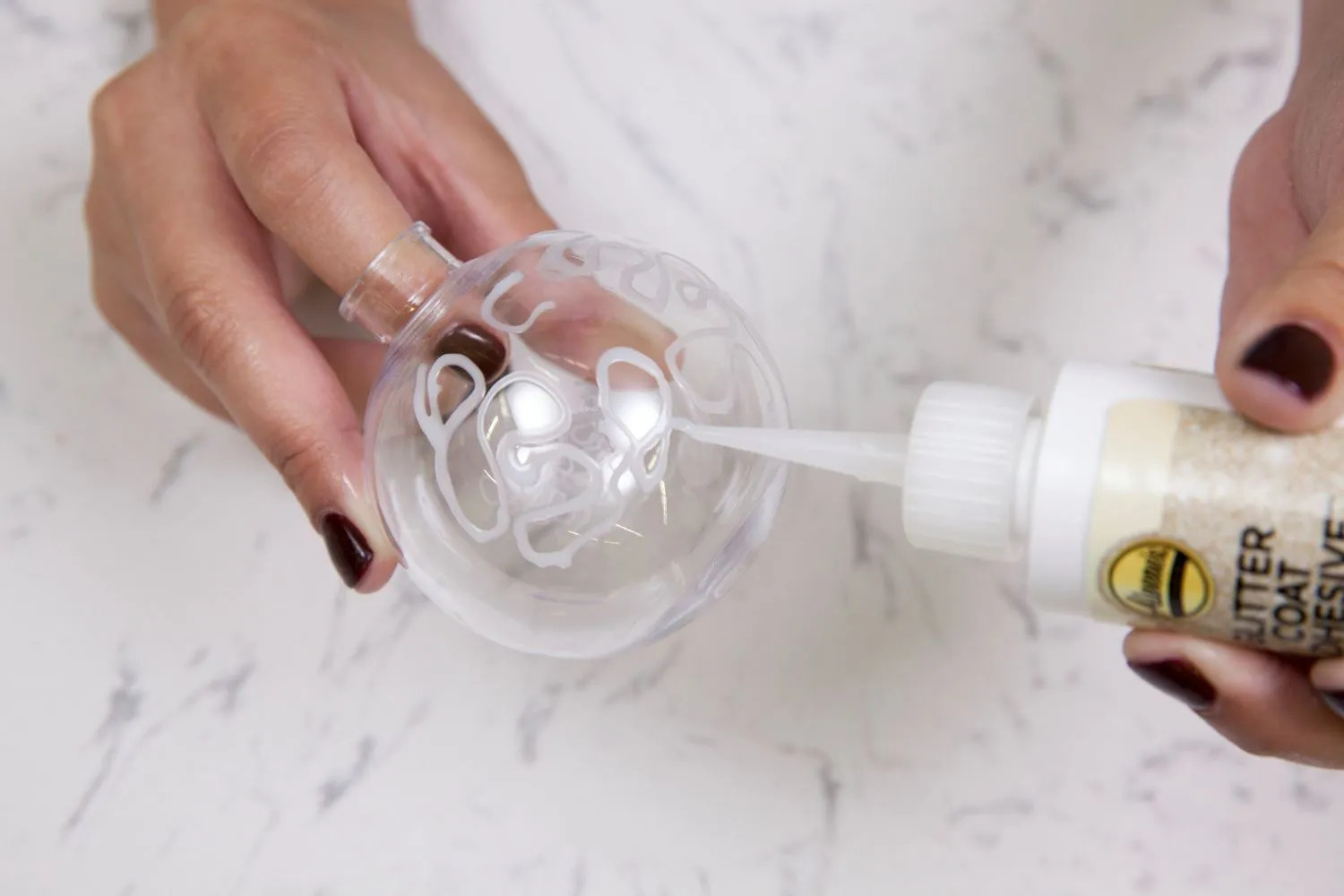

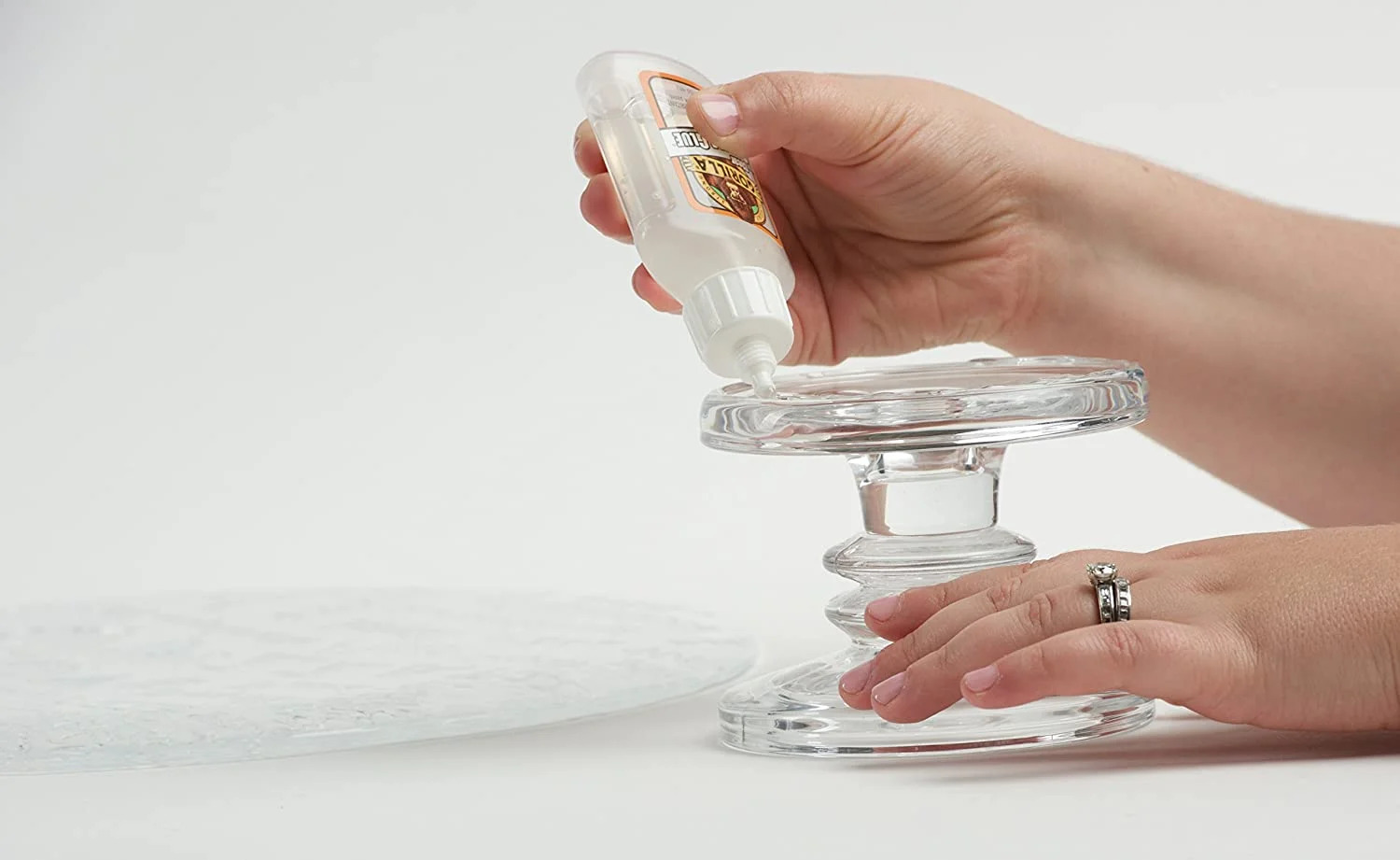
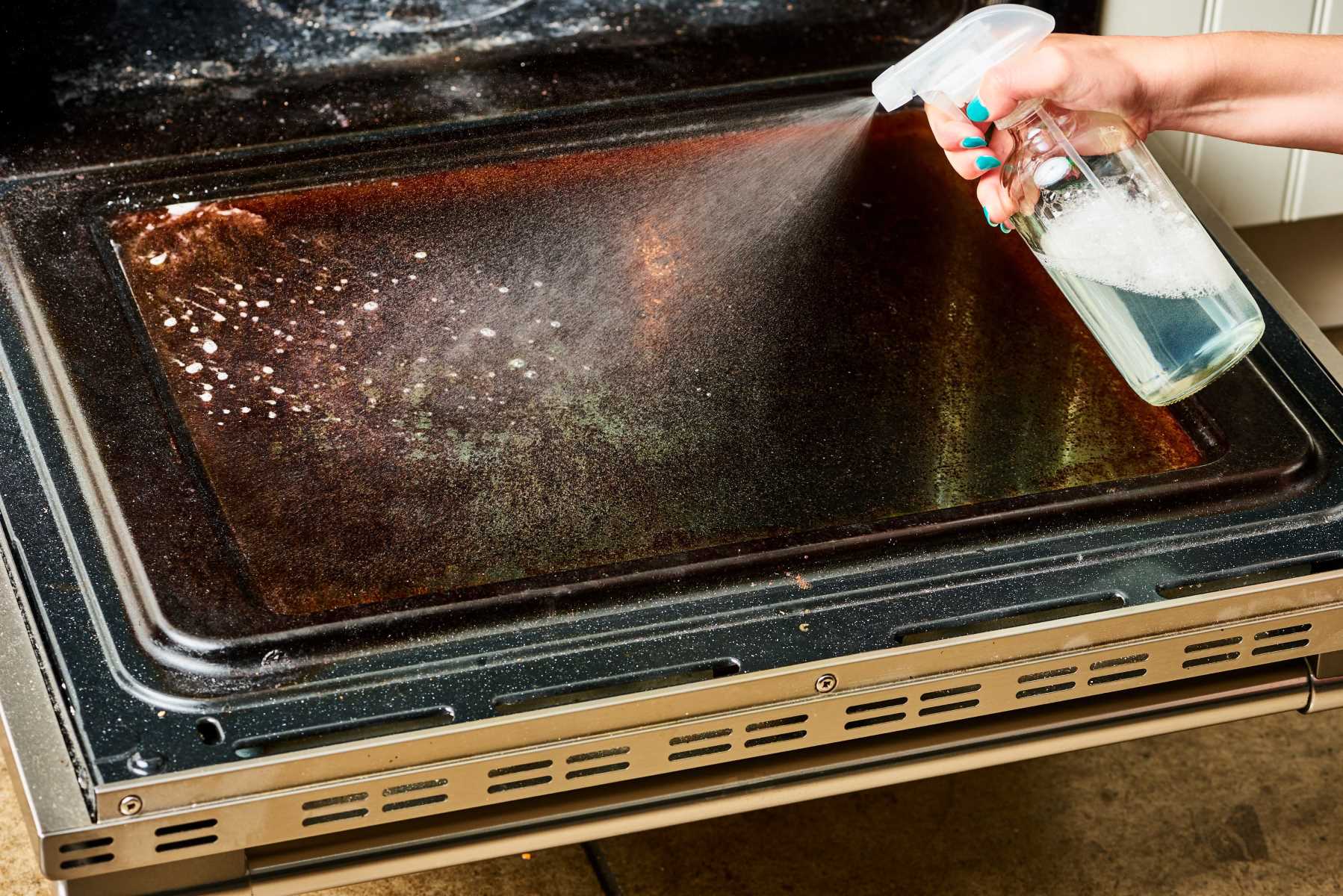

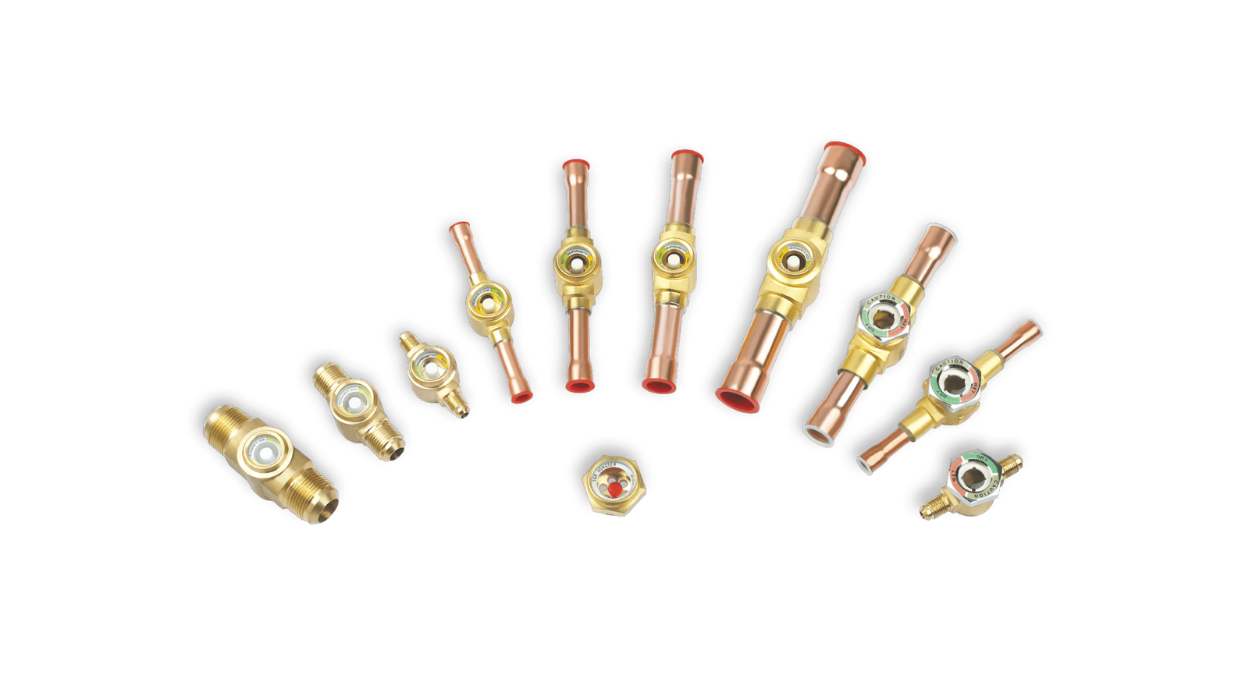
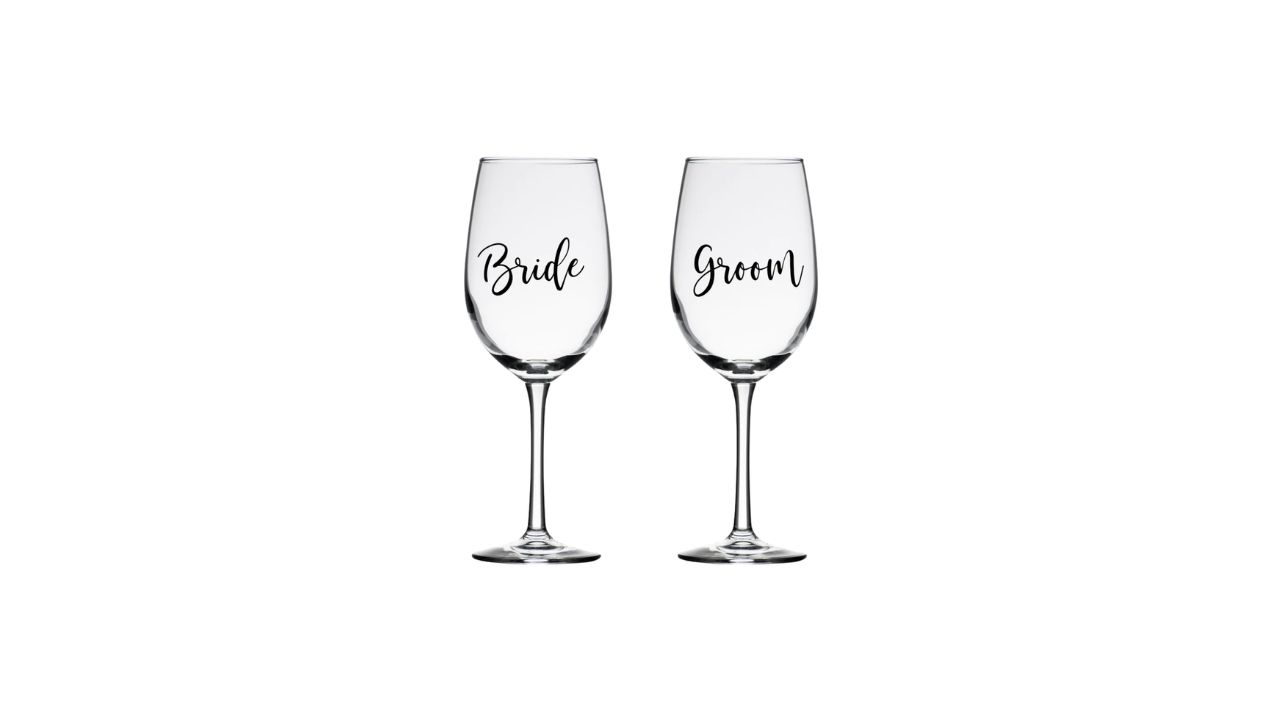

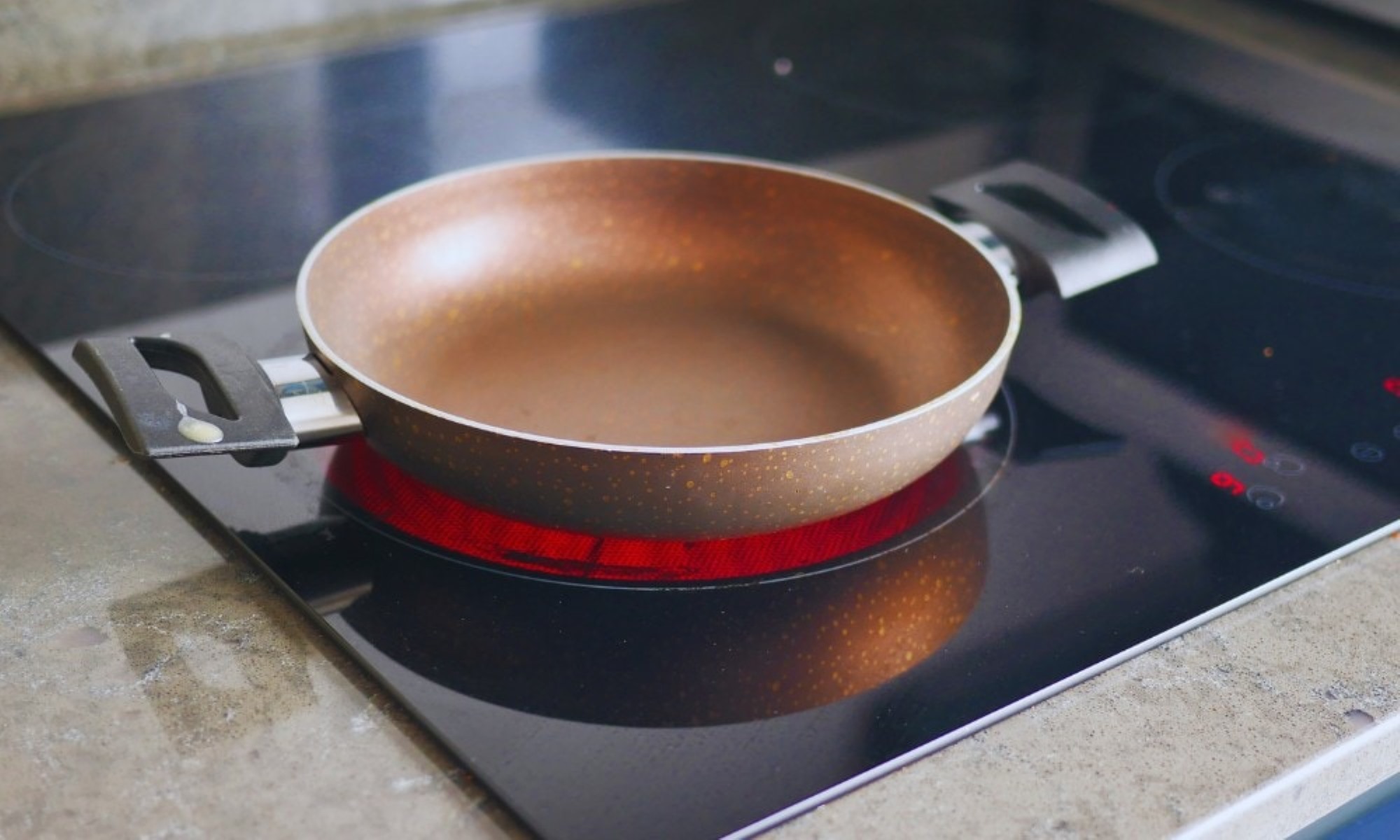


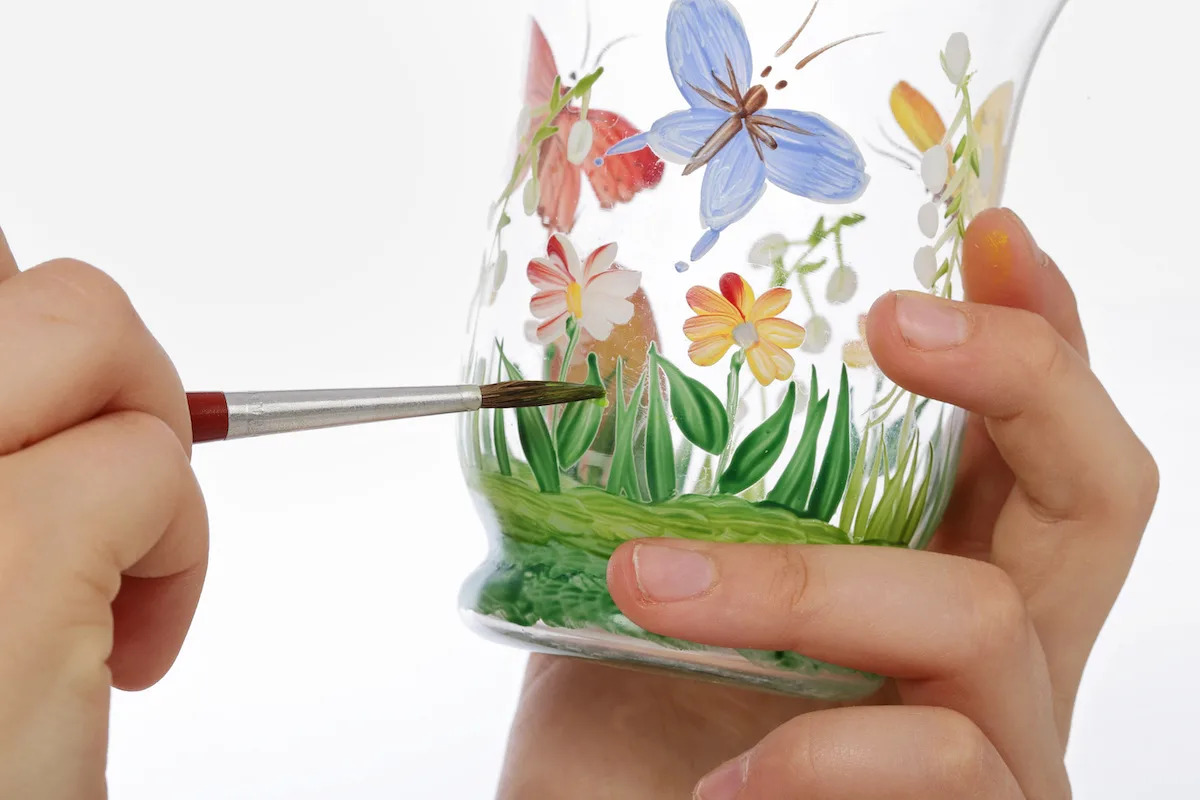
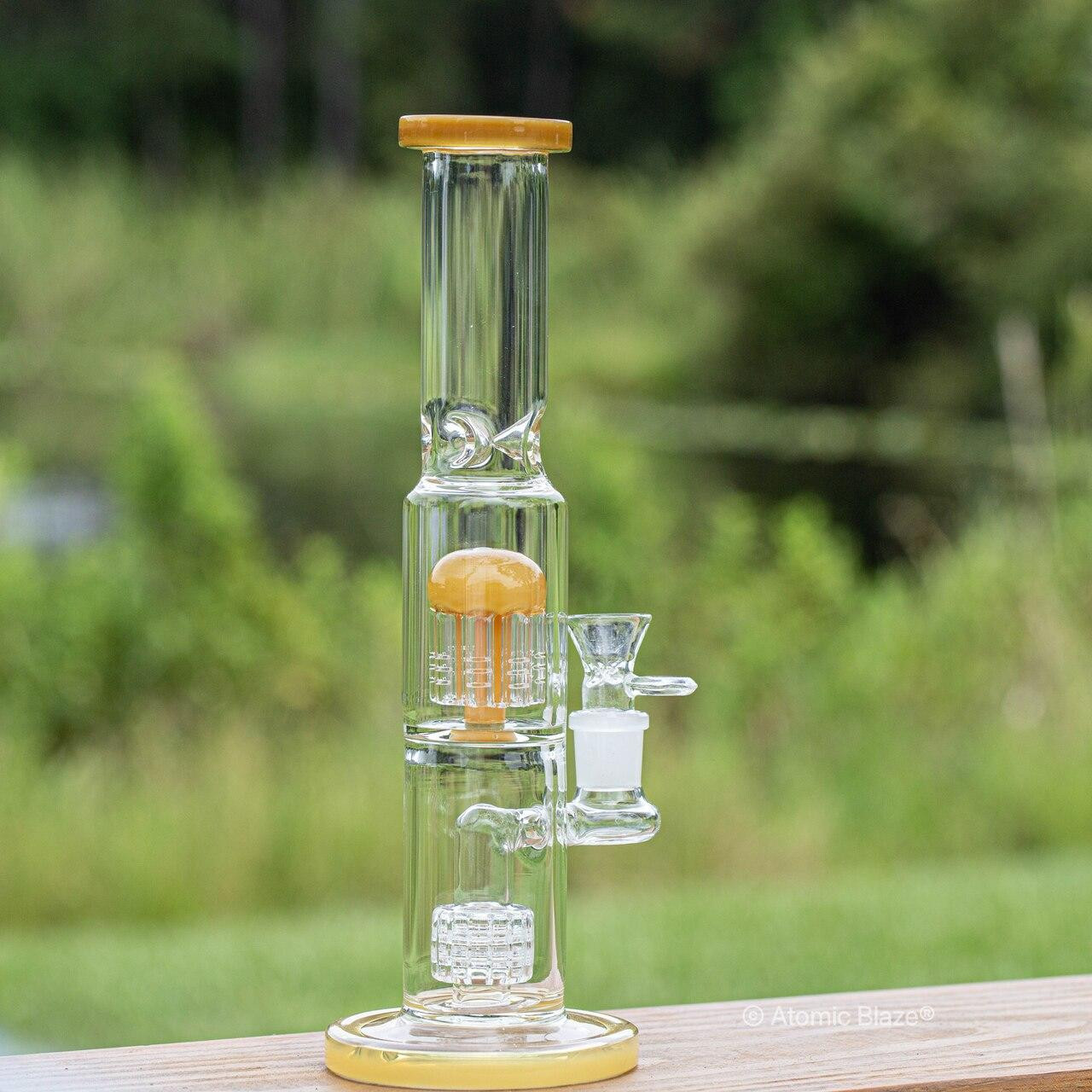
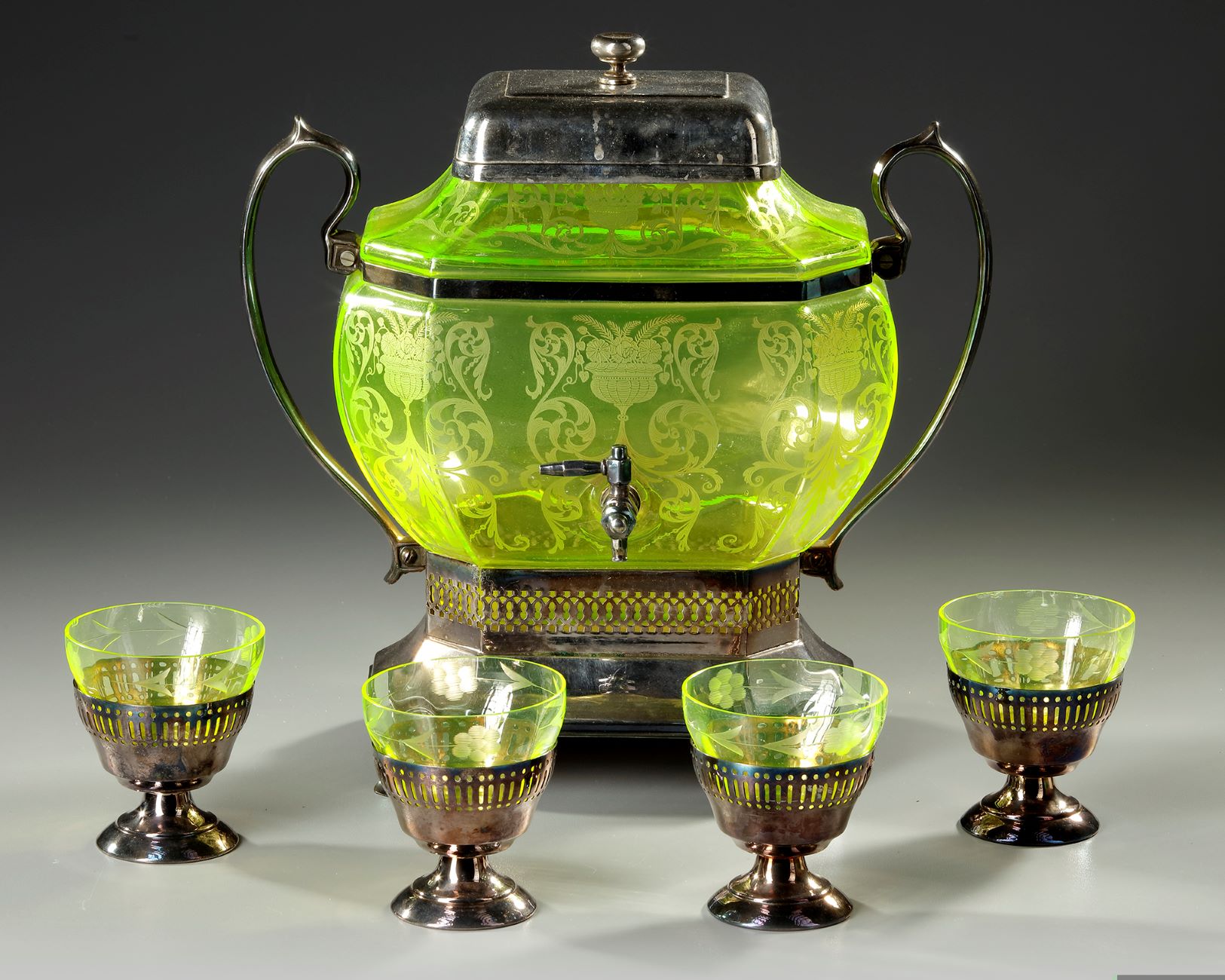


0 thoughts on “What Metalloid Is Used In Glass”